
A Healthy Dousing
The nagging, perpetual, slow-motion drought that has plagued many counties of Minnesota in recent years finally shows signs of easing. NOAA expects the drought designation to be lifted in coming weeks, and gazing at the current pattern that's not hard to believe.
We've had a few warm blips (Easter Sunday was a balm for the senses) but overall a cool bias is forecast to linger into May. This, in turn, increases temperature contrasts over the lower 48 states, whipping up stronger storms, capable of pulling moisture north from the Gulf of Mexico.
Another factor: El Nino, forecast to kick in by summer, which also tends to favor cooler and wetter weather. With any luck meteorologists won't be dragging around the D-word (drought) much longer.
NAM model guidance shows 1-2 inches of rain from today into Thursday as a slow-moving storm approaches. By the weekend you may be able to actually hear your lime-green lawn growing.
Latest ECMWF guidance shows another wave of moisture moving in with more rain, heavy at times, from Saturday night into Monday, possibly ending as a mix of rain and wet snow by Tuesday of next week. Don't pack away the jackets - it looks like a string of 40-degree highs shaping up for next week as spring loses its bounce once again
Yes, it's been a challenging 5 months to be a weather-guy.

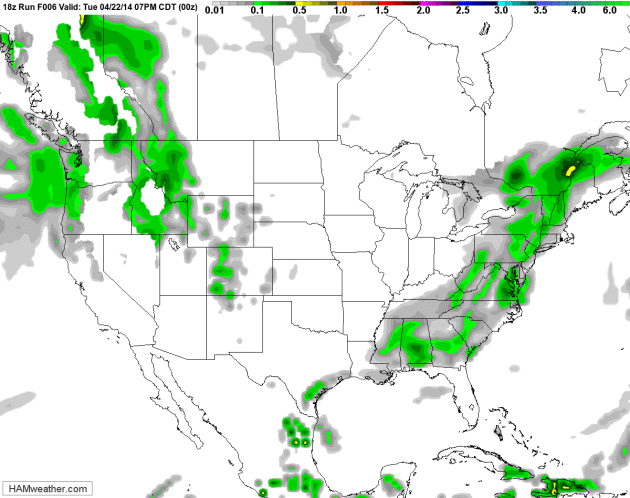
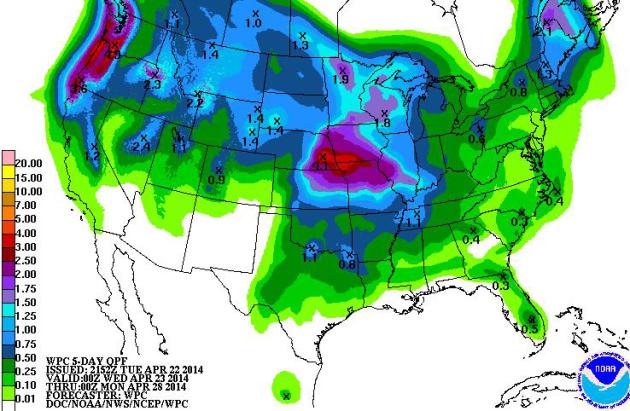
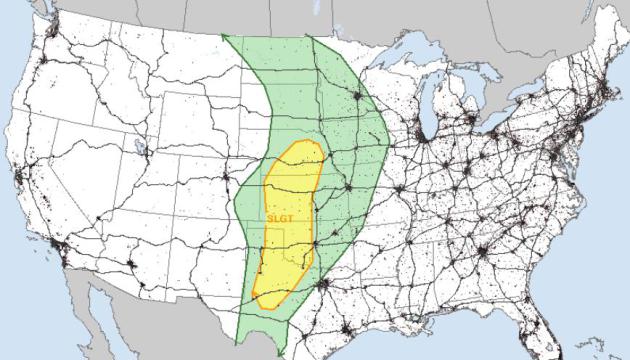


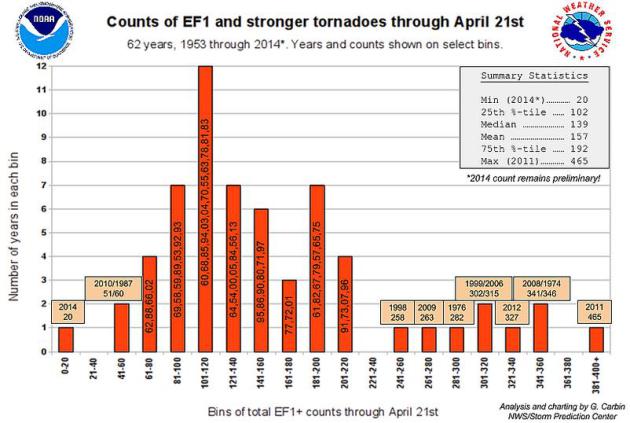
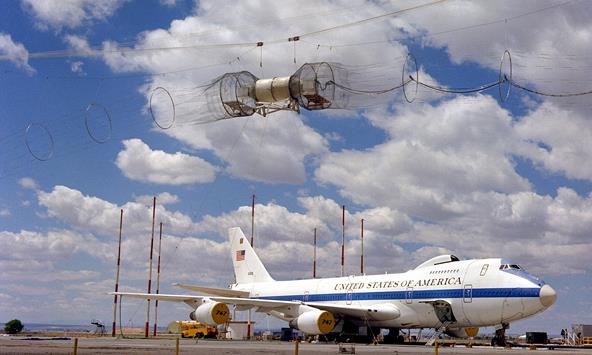
Photo credit above: Wikipedia. "They're Testing: The government testing electromagnetic pulses uses a simulator hanging over an airborne command post."
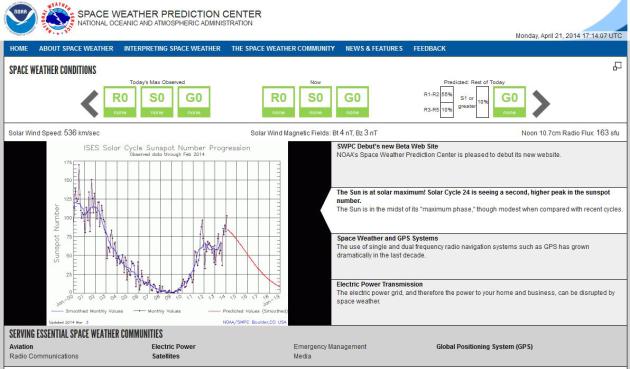
Space Weather Prediction Center. Here
is NOAA SWPC's new (beta) web site with a host of resources and
tracking tools to keep an eye on the greatest potential source of
dangerous EMP-like CME's or coronal mass ejections, capable of bringing
down communication systems and portions of the grid.

Waste of Space.
135 million pieces of space junk? The amount of garbage hurtling around
the Earth is almost incomprehensible. If this keeps up we may resemble
Saturn before long. Here's a clip from Foreign Policy: "...There
are some pertinent facts about space debris that demonstrate the
pressing danger. Roughly three-quarters of all space debris -- 23,000
items over 10 centimeters across, 300,000 measuring between 1 and 10
centimeters, and over 135,000,000 fragments less than 1 centimeter -- is
presently found in low earth orbit (LEO), the area extending from 99 to
1,200 miles above the Earth. Traveling at an average speed of 18,000 miles per hour, even small pieces of debris can damage or destroy satellites and spacecraft..."
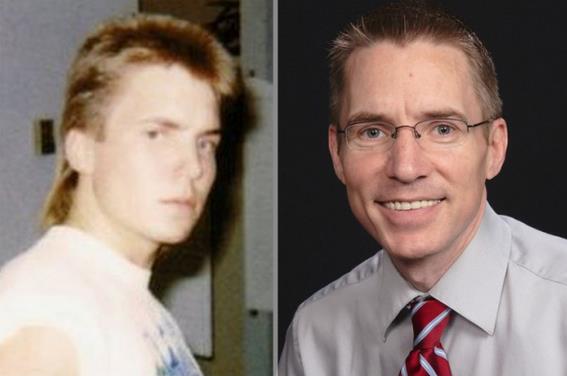
The Brain Injury That Made Me A Math Genius. Amazing, but apparently true. Salon has the remarkable story - here's a clip: "...Because
of a traumatic brain injury, the result of a brutal physical attack,
I’ve been able to see these patterns for over a decade. This change in
my perception was really a change in my brain function, the result of
the injury and the extraordinary and mostly positive way my brain
healed. All of a sudden, the patterns were just . . . there, and I
realize now that my injury was a rare gift. I’m lucky to have survived,
but for me, the real miracle—what really saved me—was being introduced
to and almost overwhelmed by the mathematical grace of the universe..."
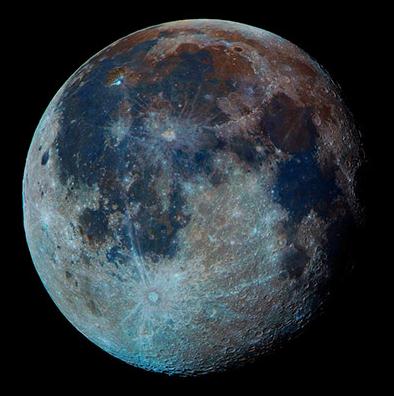
Does The Moon Influence Human Behavior?
Some new research is emerging that suggests the answer is yes - staring
with our sleep habits. Here's an excerpt from a long but excellent
story at Aeon:
"...When volunteers in their study, whether old or young, stayed in the
lab during the three or four days around the full moon, they spent five
minutes longer trying to fall asleep than those who stayed in the lab
during other times of the lunar month. Their full-moon sleep was 20
minutes shorter, they felt less rested, and slept 30 per cent less
deeply than those who visited the lab during other times. They couldn’t
see the Moon, and the researchers hadn’t even noted the Moon phase at
the time..."

Which Cities Sleep In, And Which Get To Work Early? Here's a clip from Nate Silver at FiveThirtyEight: "...How much do American cities differ in when they begin work? The Census Bureau collects data on this through the American Community Survey.
This data isn’t especially user-friendly, but I figured out the median
time Americans begin their workday in each metro area. All the figures
that I’ll describe here refer to the location of work — not the location
of residence for the workers — since some Americans commute between
metro areas for their jobs..."


Climate Stories....

Photo credit above: "An F/A-18 from the Blue Angels flight demonstration squadron is fueled with a 50-50 blend of biofuel and jet fuel. Experimenting with biofuels is part of the military's push to reduce its dependence on fossil fuels." Kiona Miller - U.S. Navy.
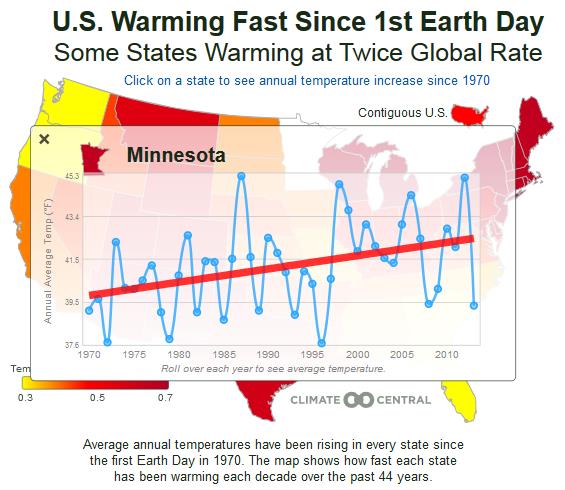
Interactive Map Shows How The U.S. Has Warmed Since The First Earth Day. Mashable has the article and interactive graphic - here's a clipper: "Since
the very first Earth Day was celebrated in the United States in 1970,
average temperatures across the U.S. have increased markedly. A new
interactive graphic from Climate Central,
a nonprofit research and journalism organization, shows a
state-by-state breakdown of those temperature trends. According to
Climate Central, average temperatures in the lower 48 states have
increased at a rate of about 0.13 degrees Fahrenheit per decade..."

"Only
when the last tree has died and the last river has been poisoned and
the last fish has been caught will we realize that we can not eat money." - Costa Rican saying


Ancient Tundra Discovered Under Greenland Ice Sheet. Extreme melting is leading to some interesting discoveries, under the ice. Here's a video clip and explanation from The Wall Street Journal: "A
team of scientists have found organic soil that has been frozen to the
bottom of the Greenland Ice Sheet for 2.7 million years, providing
strong evidence that the ice sheet has survived many periods of global
warming." WSJ's Niki Blasina reports. Photo: Joshua Brown, University of Vermont.

Column: Get Past Fake Debate On Global Warming. Here's an excerpt of an Op-Ed from The Wasau Daily Herald: "... It
is obvious now that no amount of scientific evidence and no degree of
consensus among climate experts can shake the true denialist. It’s as if
there are two parallel universes. For the denialists there is the
universe created by Fox News and the Heartland Institute, and news from
that world is reported Charles Krauthammer, Rush Limbaugh, and many
others. In this world climate models don’t work, global warming has
stopped, but if there is warming it is from natural causes, there is no
scientific consensus, but if there is, tens of thousands of scientists
from different countries and diverse fields are all conspiring together
to create the greatest hoax the world has ever seen..."